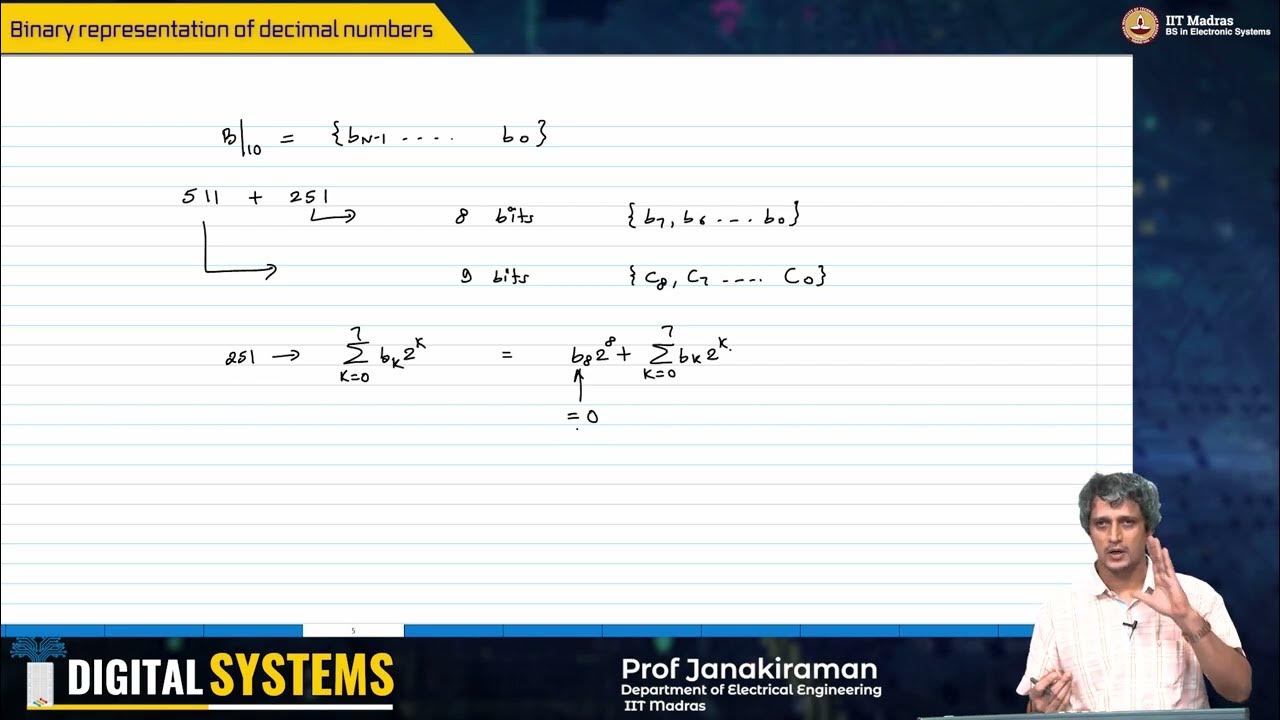CONVERTING FRACTIONS TO DECIMAL AND PERCENT FORM | GRADE 7 MATHEMATICS Q1
Summary
TLDRThis educational video tutorial instructs viewers on converting fractions to decimal and percentage forms. It explains the concept of rational numbers, categorizing them into integers and non-integers, with the latter including fractions, decimals, and percentages. The video demonstrates how to convert fractions like 6/10 and 25/100 into decimals (0.6 and 0.25 respectively) and then to percentages (60% and 25%). It also covers terminating decimals, repeating decimals, and provides examples of converting common fractions like 3/4 and 4/11 to their decimal and percentage equivalents, emphasizing the process of moving the decimal point to convert decimals to percentages.
Takeaways
- 😀 The video's objective is to teach the conversion of fractions to decimal and percent forms.
- 📚 Rational numbers include integers (negative, whole numbers, and positive numbers) and non-integers (fractions, decimals, and percentages).
- 🔢 A rational number is any number that can be expressed as a fraction \( \frac{a}{b} \), where \( a \) and \( b \) are integers and \( b \neq 0 \).
- 📉 The video explains the difference between terminating decimals and repeating decimals.
- 📝 The script demonstrates how to read and interpret whole numbers and decimal numbers, including their place values.
- 🔄 The process of converting fractions to decimals involves dividing the numerator by the denominator and adjusting the decimal point accordingly.
- 📈 To convert a decimal to a percentage, multiply the decimal by 100 and move the decimal point two places to the right.
- 🔢 Examples given in the video include converting 6/10 to 0.6 (60%), 25/100 to 0.25 (25%), and 1/4 to 0.25 (25%).
- 🔄 The video shows how to handle repeating decimals in fractions, such as 4/11, which is a repeating decimal 0.363636...
- 💯 The script also covers converting mixed numbers and negative fractions into decimal and percent forms, like 7/3 being -2.33 (repeating) or -233.33%.
Q & A
What are the two main categories of rational numbers?
-The two main categories of rational numbers are integers and non-integers. Integers include negative integers, whole numbers (which include zero), and positive numbers. Non-integers include fractions, percent, and decimals (which can be further divided into terminating decimals and repeating decimals).
What is a rational number in mathematical terms?
-A rational number is any number that can be expressed in the form a/b, where 'a' and 'b' are integers and 'b' is not equal to zero.
How do you convert a fraction to a decimal?
-To convert a fraction to a decimal, you perform the division of the numerator by the denominator. For example, 6/10 becomes 0.6 when converted to a decimal.
What is the difference between terminating and repeating decimals?
-Terminating decimals are decimals that have a finite number of digits after the decimal point, while repeating decimals have one or more digits that repeat infinitely.
How do you convert a decimal to a percentage?
-To convert a decimal to a percentage, you multiply the decimal by 100 and move the decimal point two places to the right. For example, 0.25 becomes 25% when converted to a percentage.
What is the process of converting a fraction to a percentage?
-To convert a fraction to a percentage, you first convert the fraction to a decimal by dividing the numerator by the denominator. Then, you multiply the decimal by 100 and move the decimal point two places to the right to get the percentage.
How do you read a decimal number?
-A decimal number is read by stating the whole number part as you would normally read an integer, followed by the term 'point' for the decimal point, and then reading each digit of the fractional part in sequence.
What is the significance of the denominator in converting fractions to decimals or percentages?
-The denominator in a fraction determines the place value of the decimal or percentage. For example, a denominator of 10 indicates tenths, 100 indicates hundredths, and so on. This place value is crucial for converting the fraction to the correct decimal or percentage form.
Can you provide an example of converting a repeating decimal to a percentage?
-Yes, for instance, the repeating decimal 0.3636... can be converted to a percentage by first recognizing it as 36.36% (since the repeating part is '36').
How do you handle negative fractions when converting to decimals or percentages?
-Negative fractions are converted to decimals or percentages by following the same process as positive fractions. The only difference is that the resulting decimal or percentage will also be negative. For example, -7/3 becomes -2.33... in decimal form, which is -233.33% when converted to a percentage.
Outlines

This section is available to paid users only. Please upgrade to access this part.
Upgrade NowMindmap

This section is available to paid users only. Please upgrade to access this part.
Upgrade NowKeywords

This section is available to paid users only. Please upgrade to access this part.
Upgrade NowHighlights

This section is available to paid users only. Please upgrade to access this part.
Upgrade NowTranscripts

This section is available to paid users only. Please upgrade to access this part.
Upgrade NowBrowse More Related Video

Elementary Mathematics: Module 1(5) - Fractions

🦿 Langkah 020: Mengubah Desimal Menjadi Pecahan | Fundamental Matematika Alternatifa

Pecahan | Matematika SD

Number System || Decimal to Fraction (LESSON-6)

W2_L2_Binary representation of decimal numbers

Part 1 - Bilangan Pecahan | Mengenal Bentuk Pecahan | Matematika | Kelas 7 SMP
5.0 / 5 (0 votes)